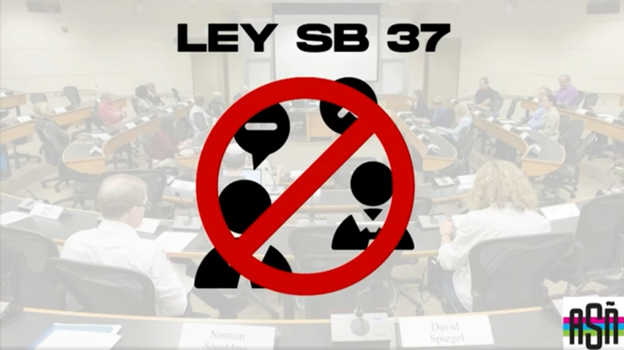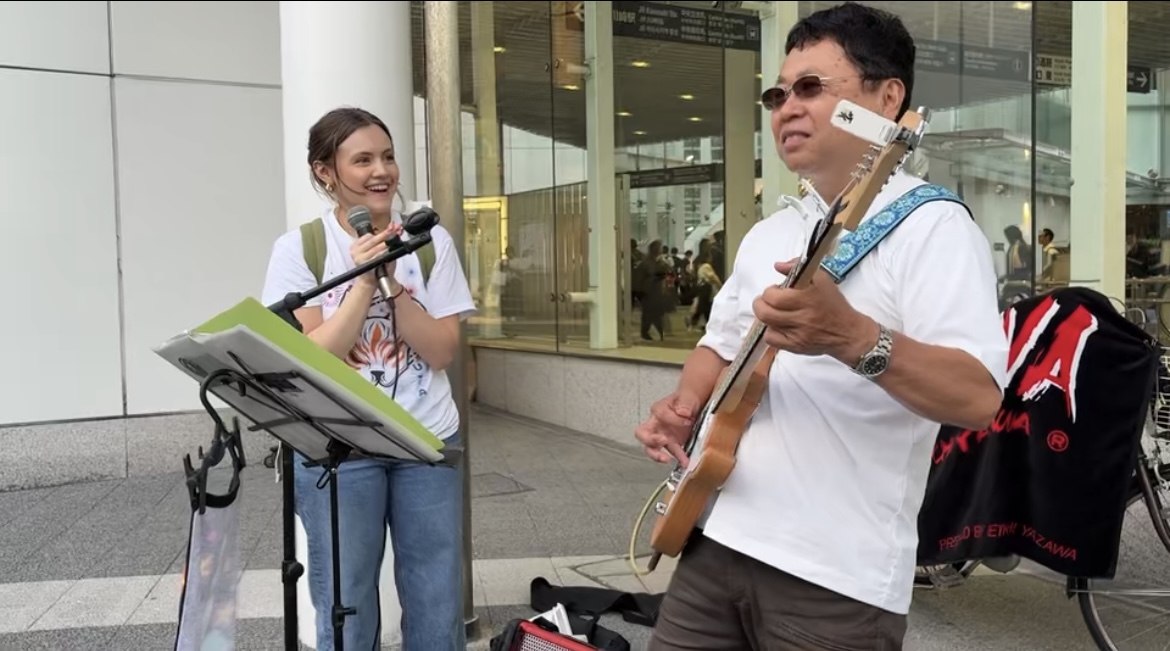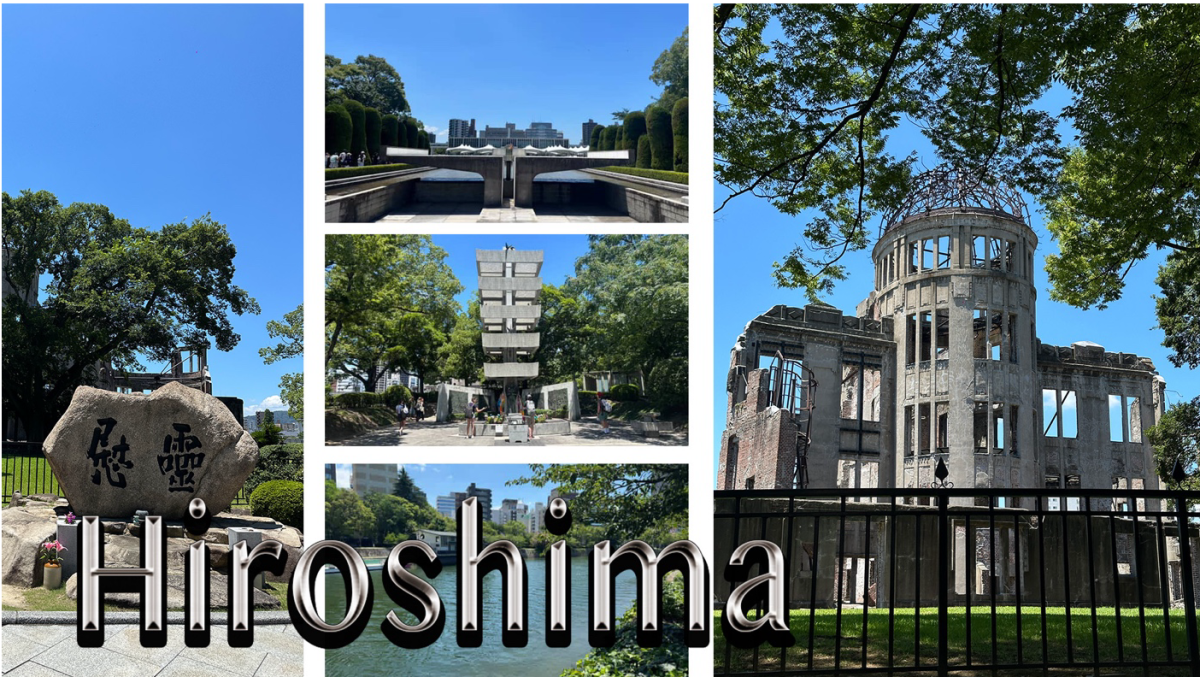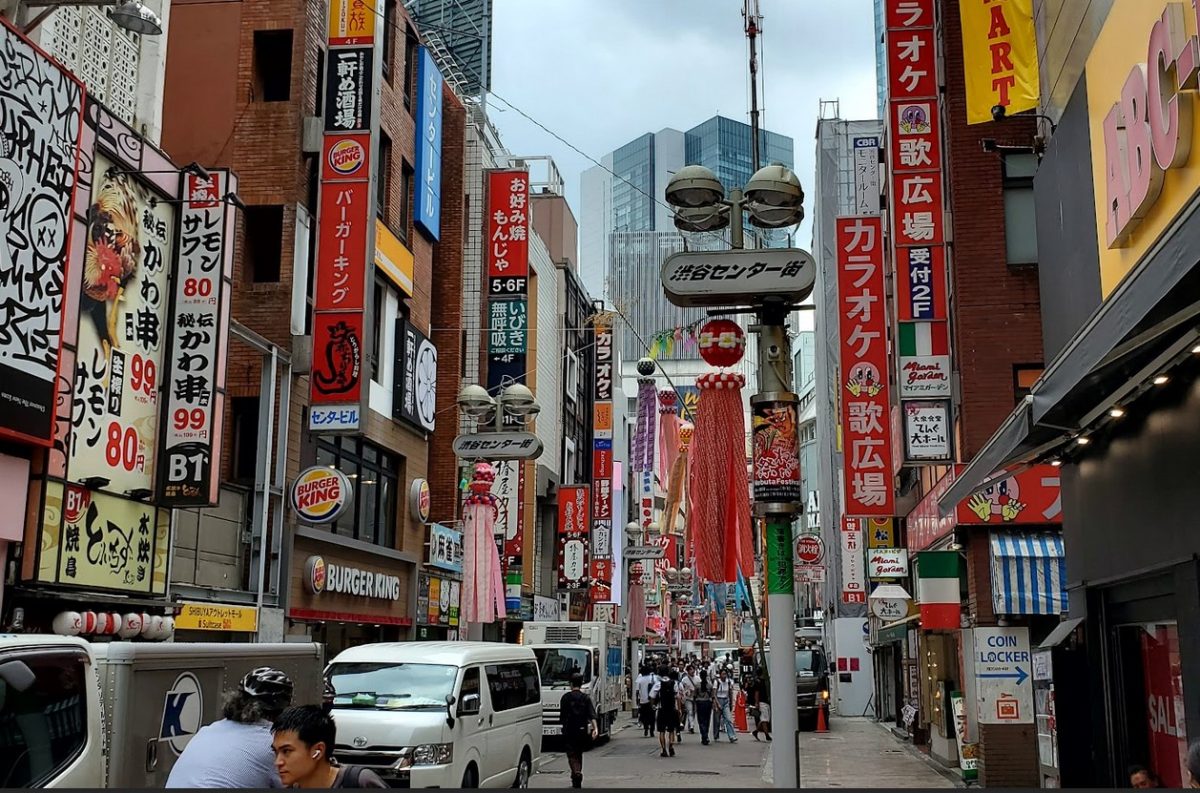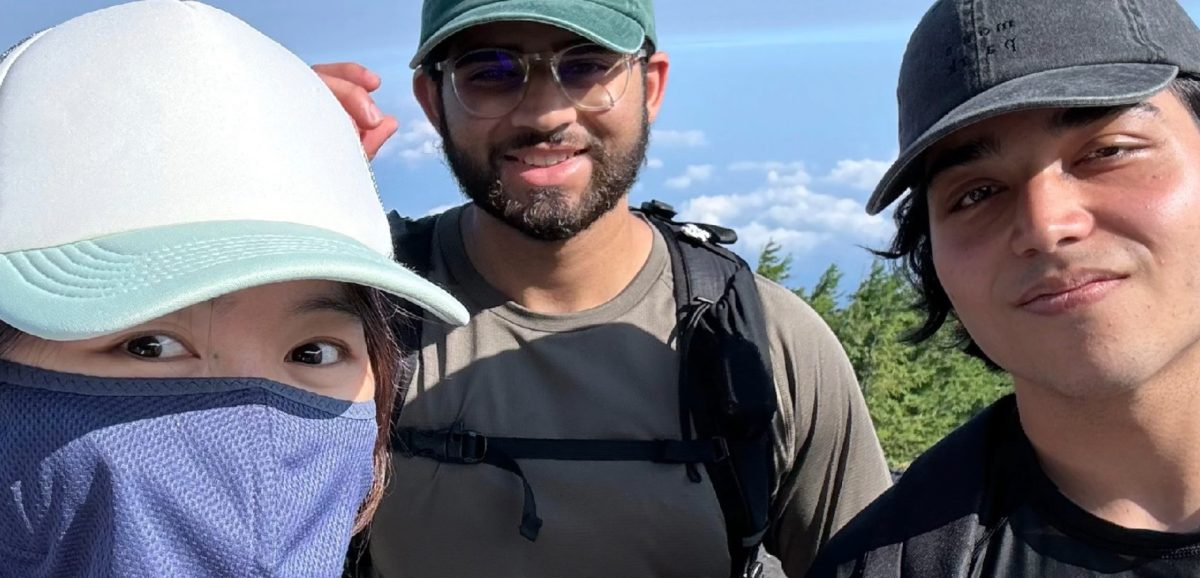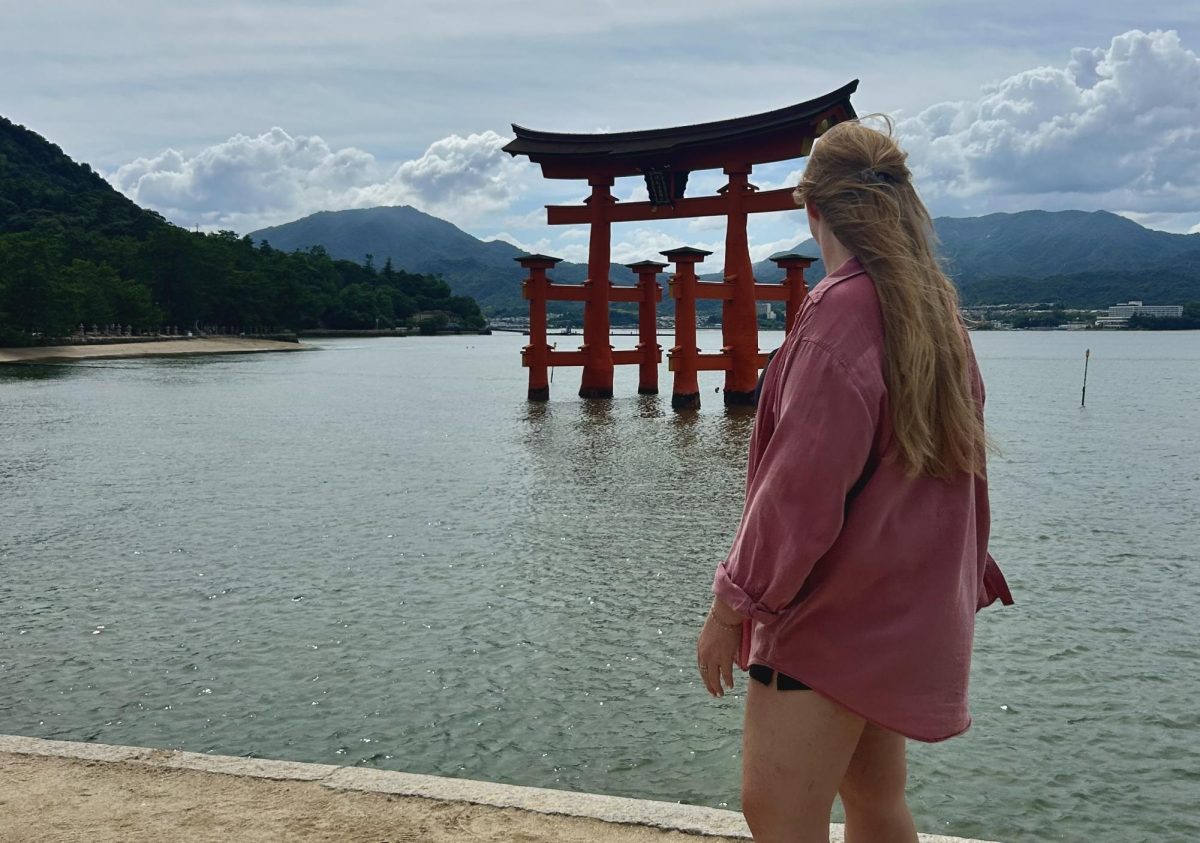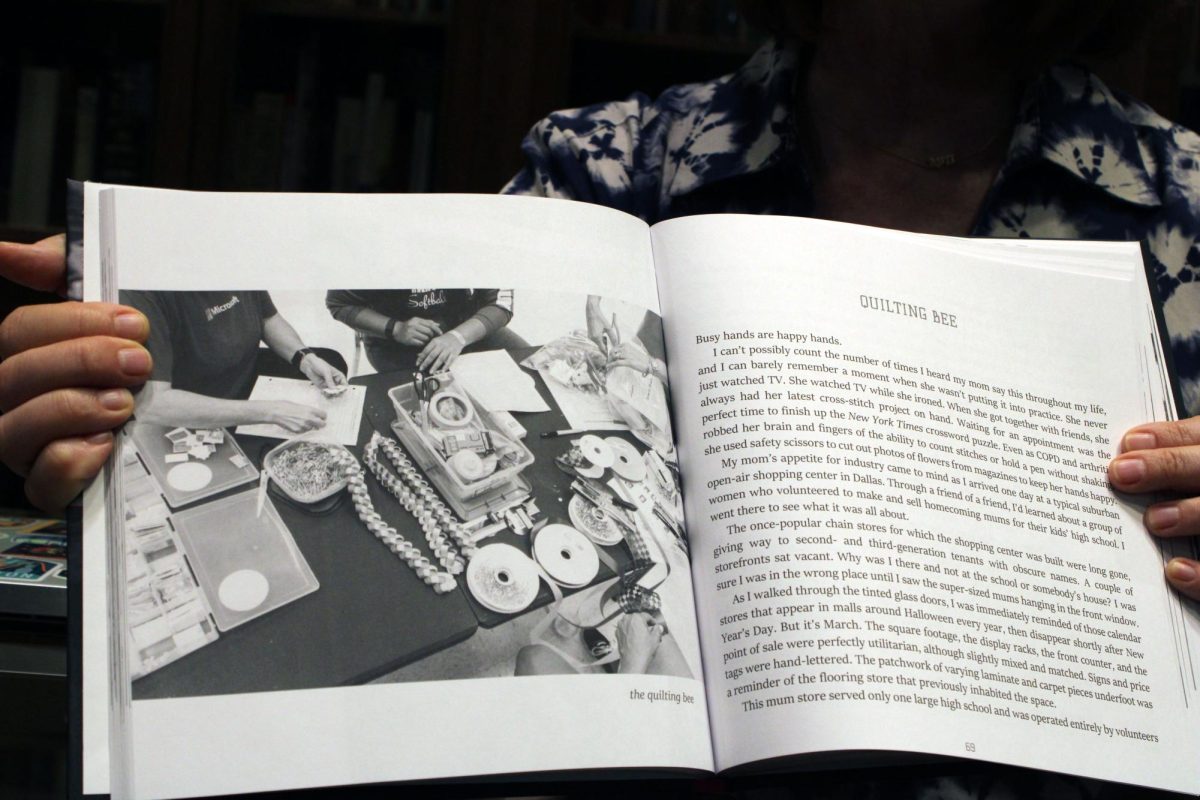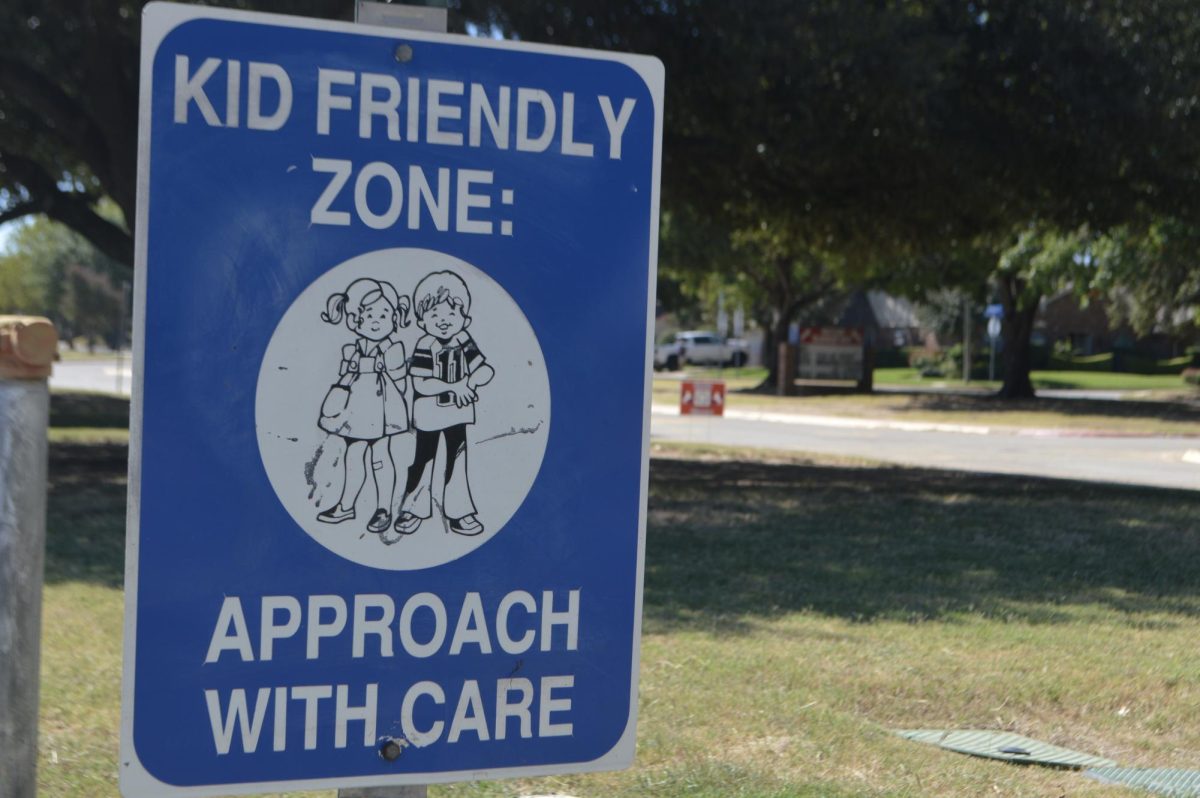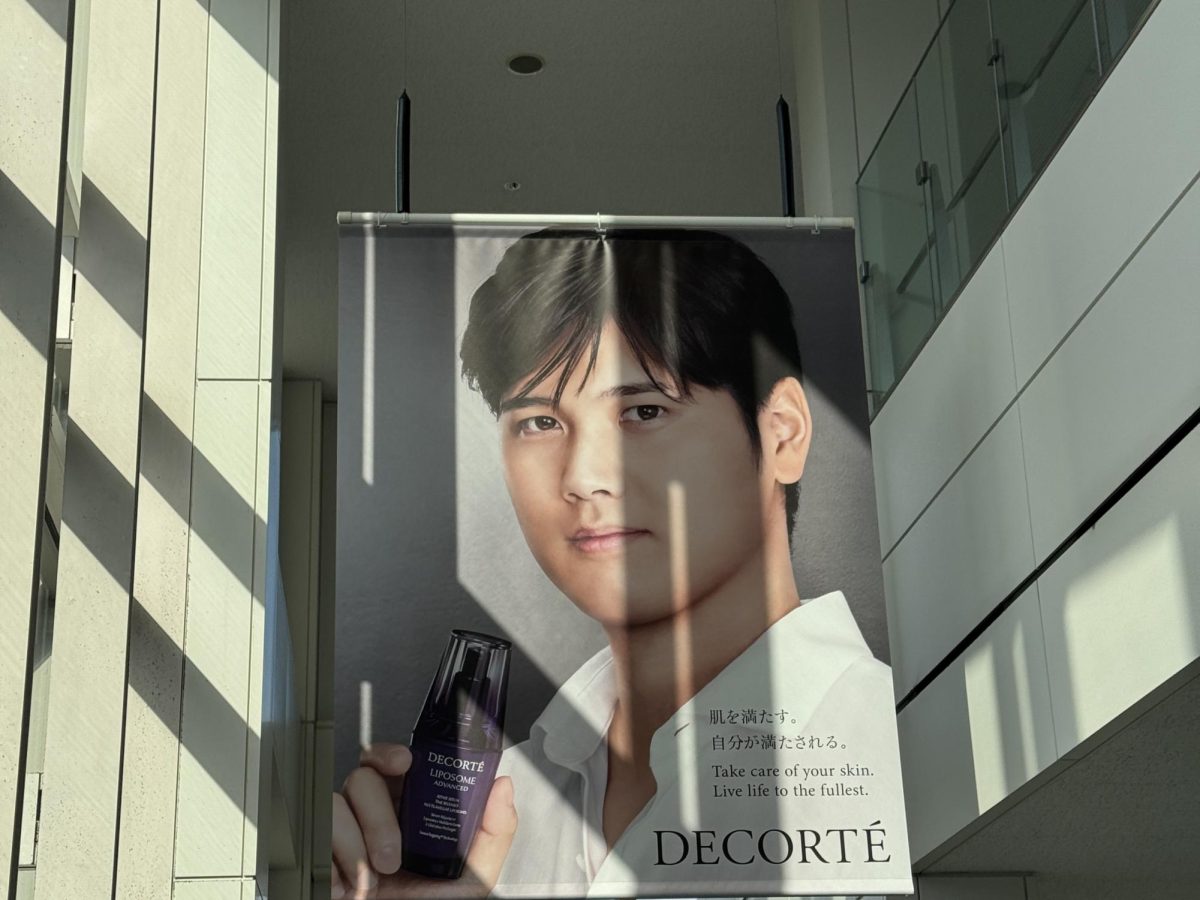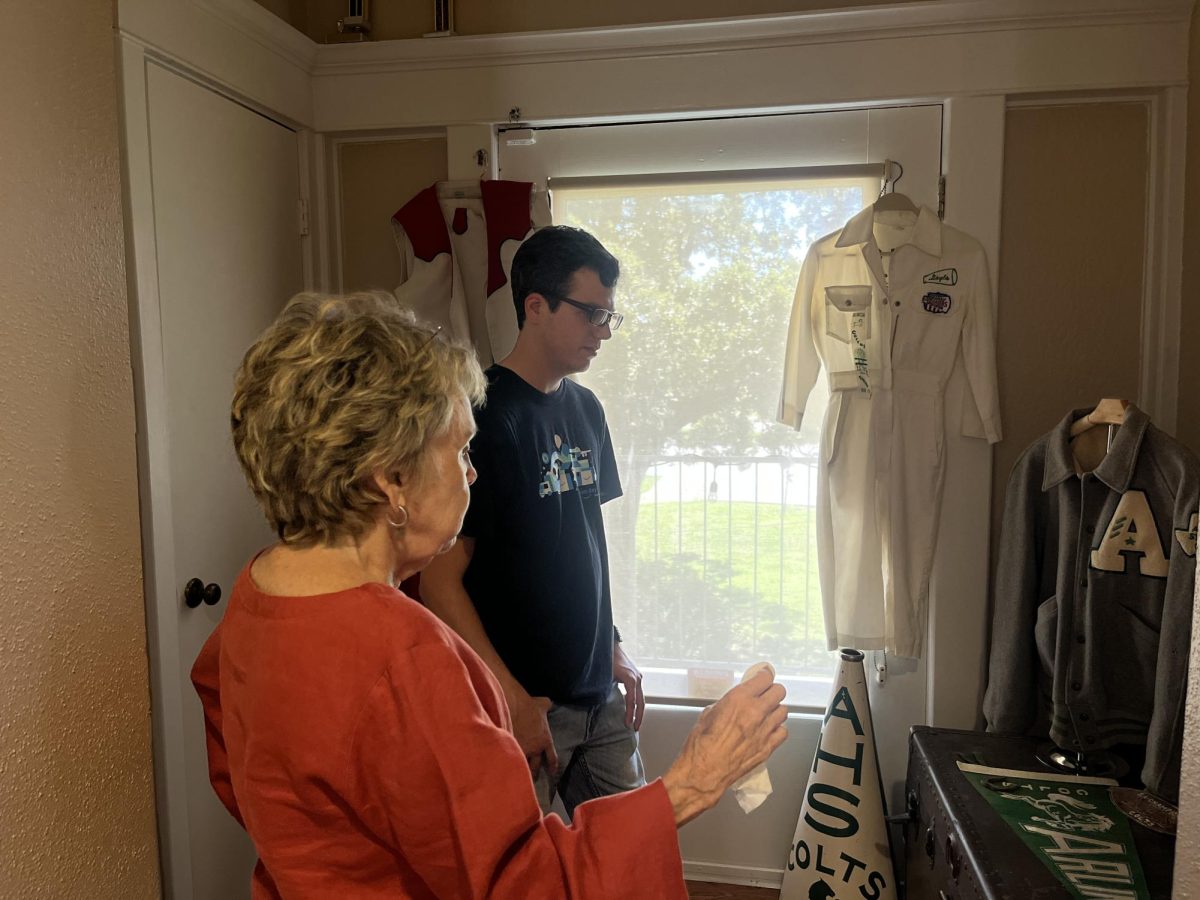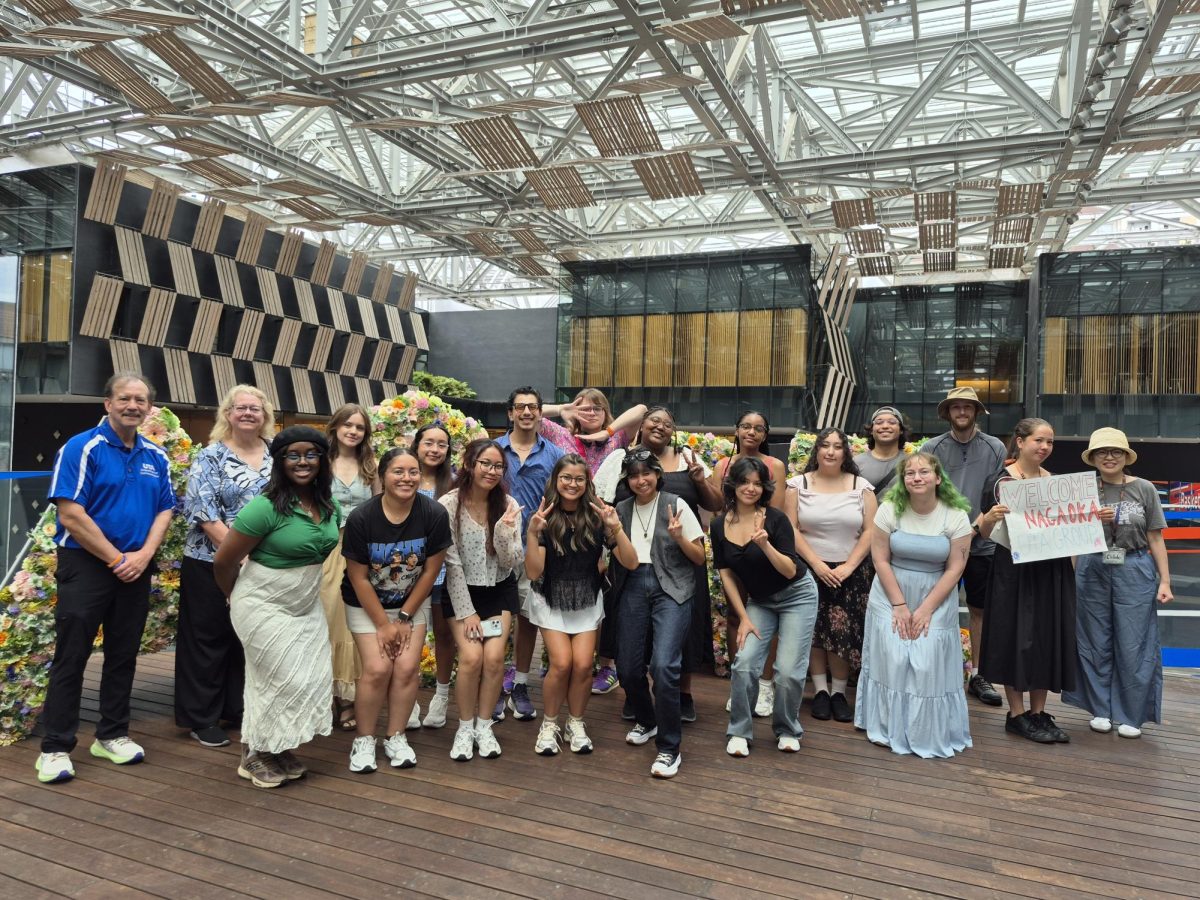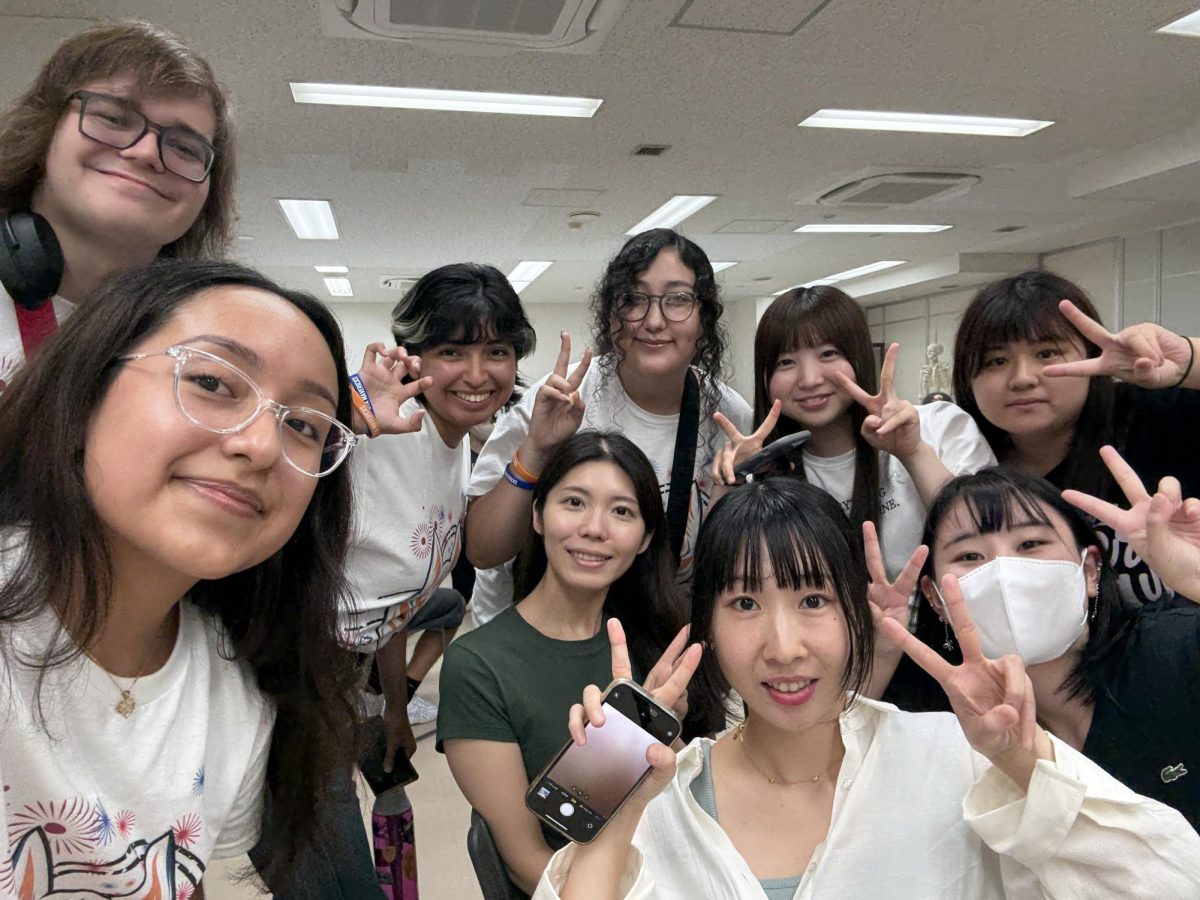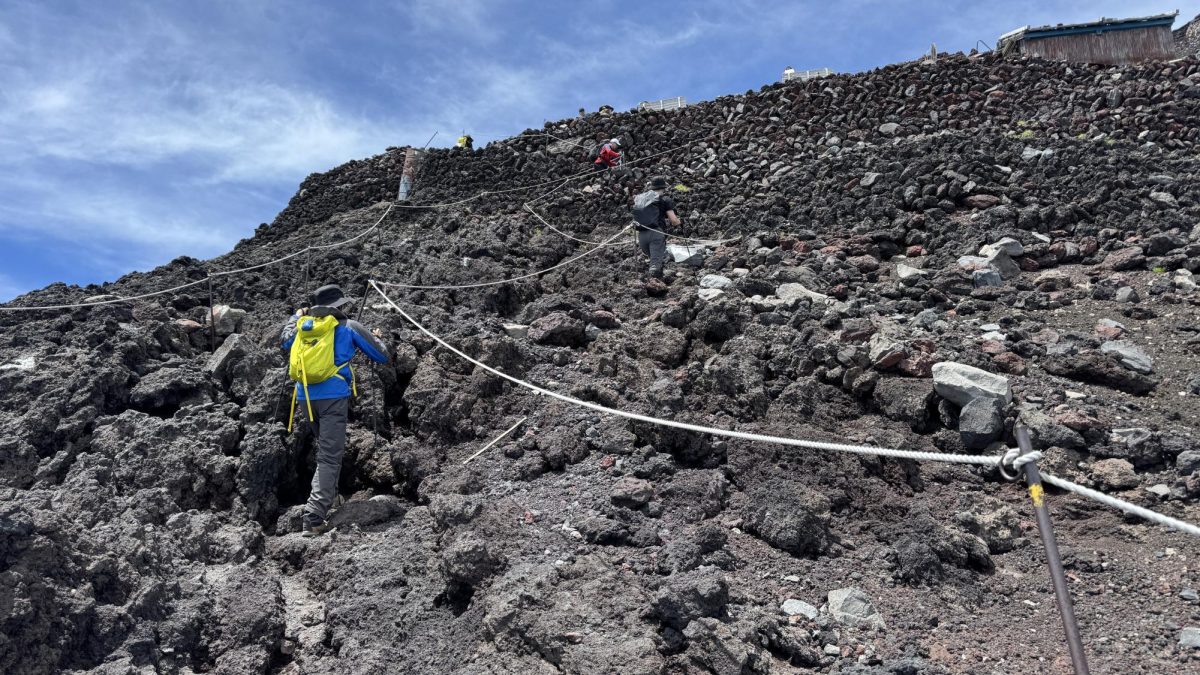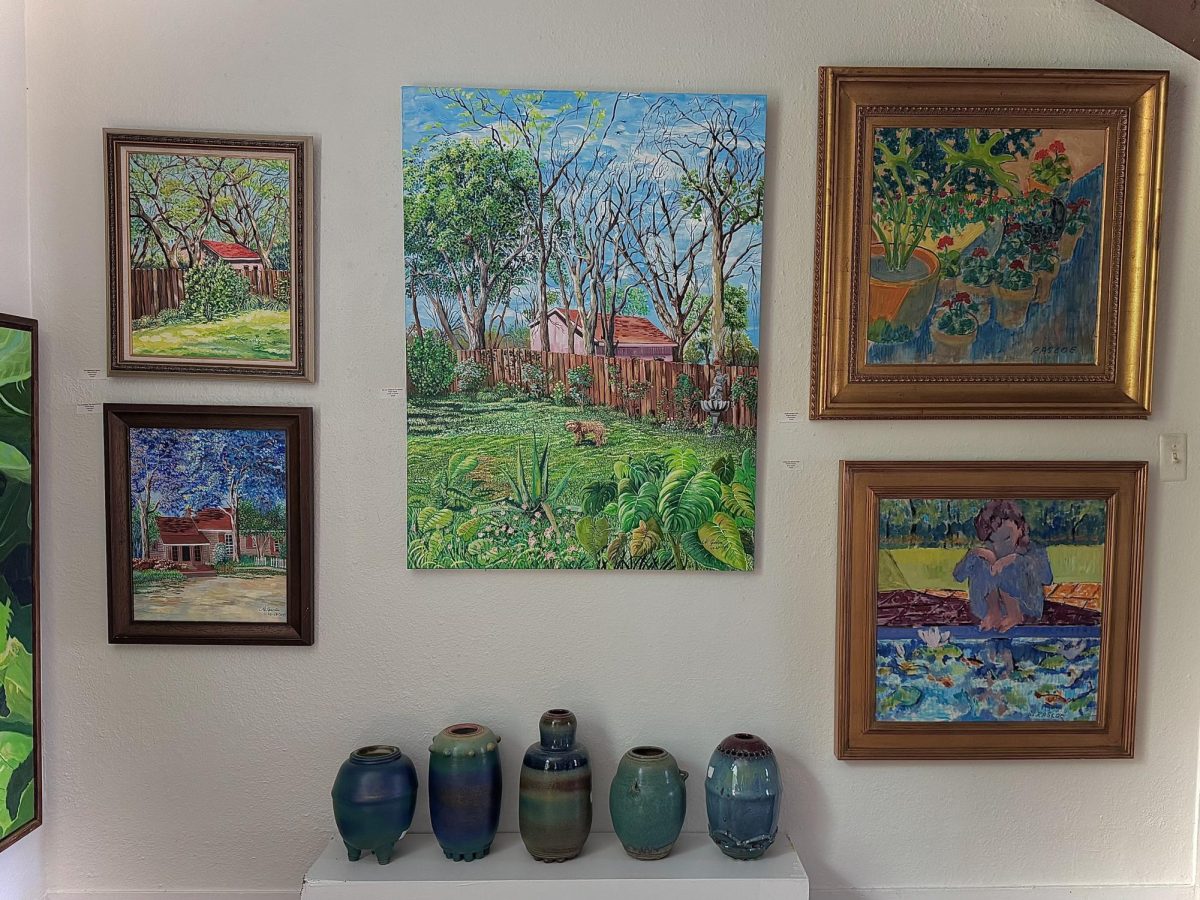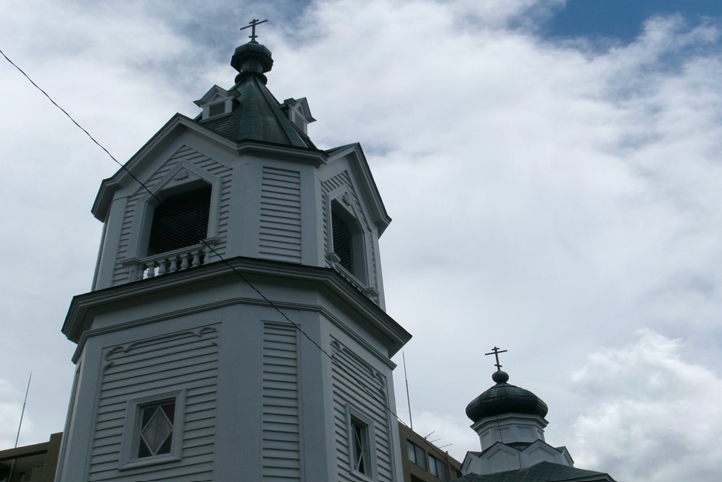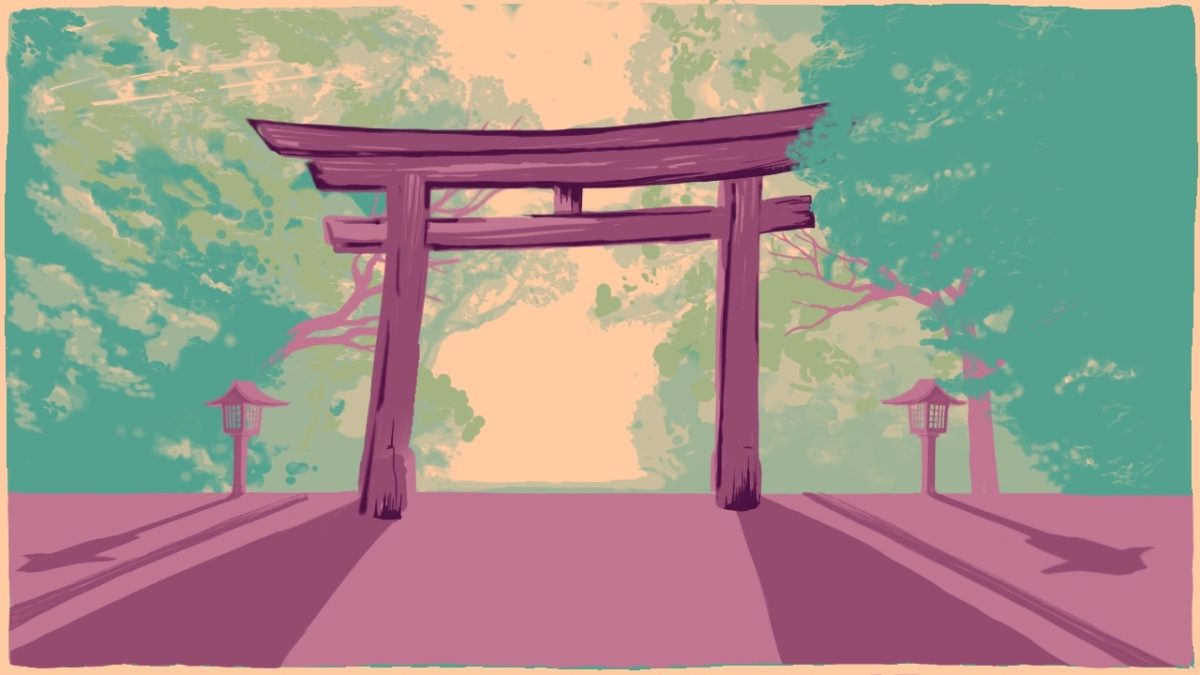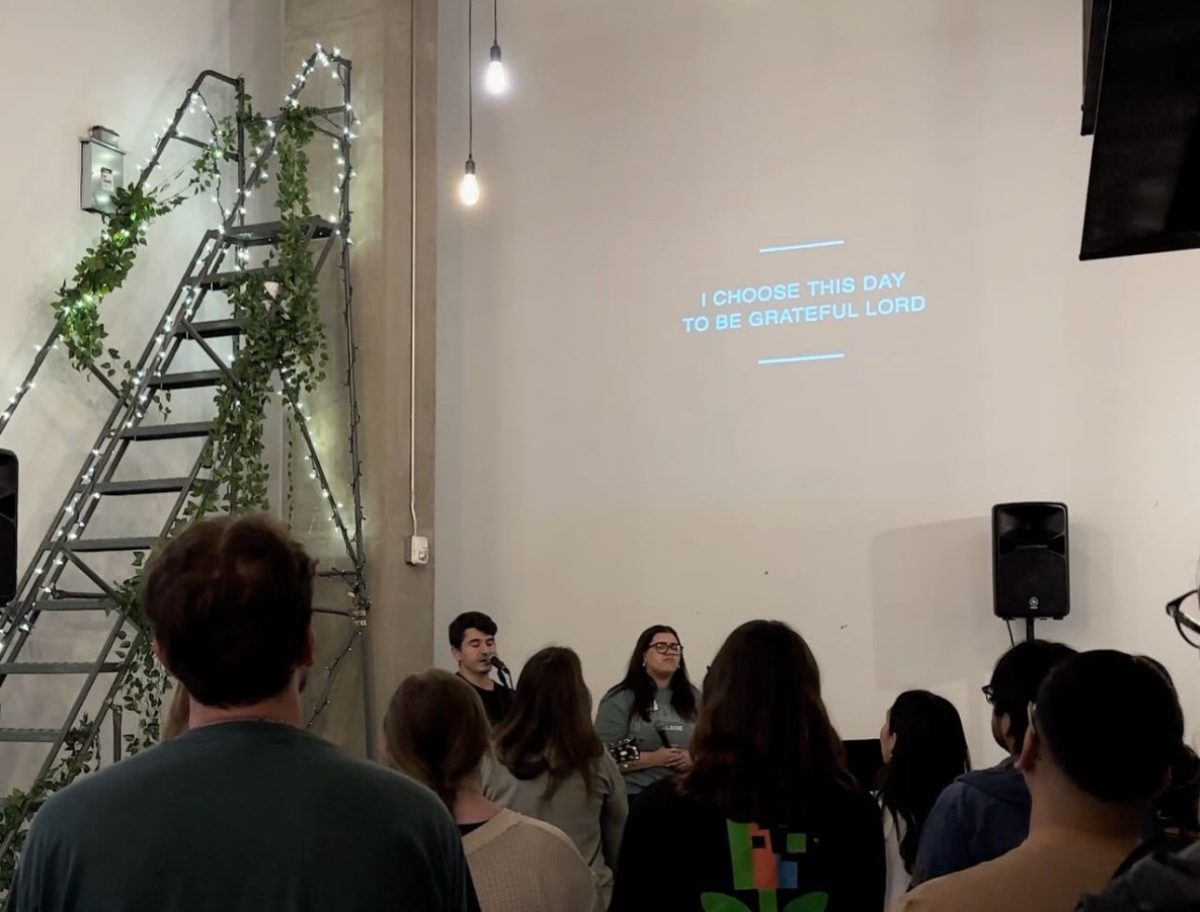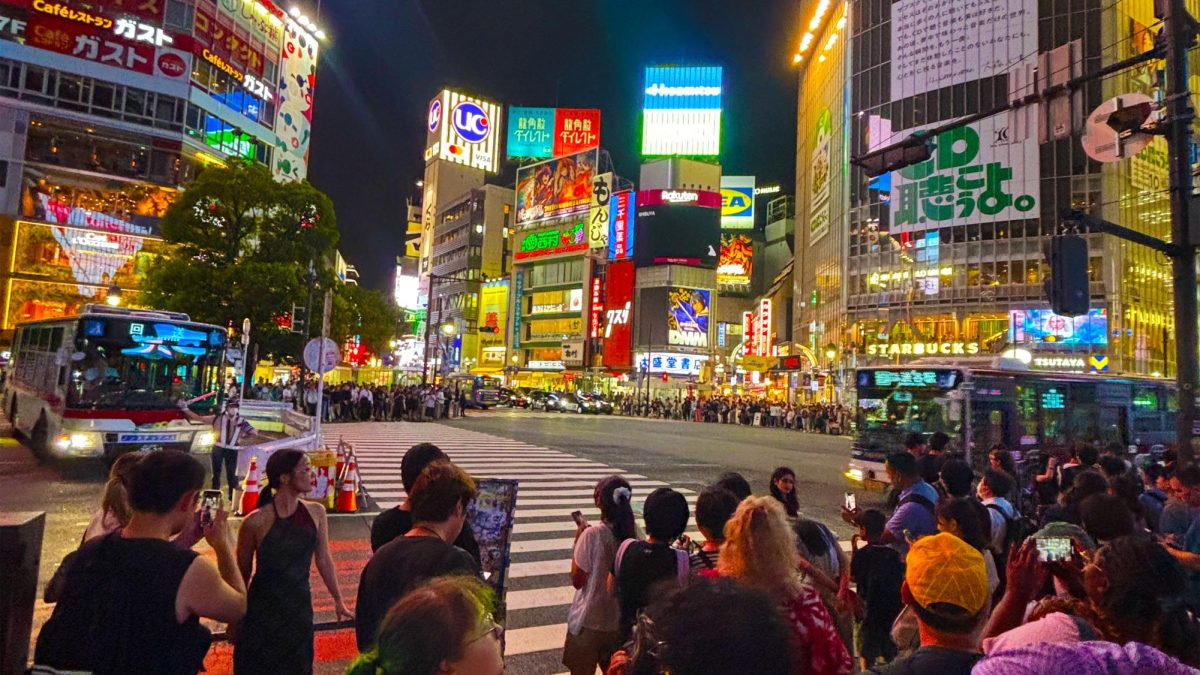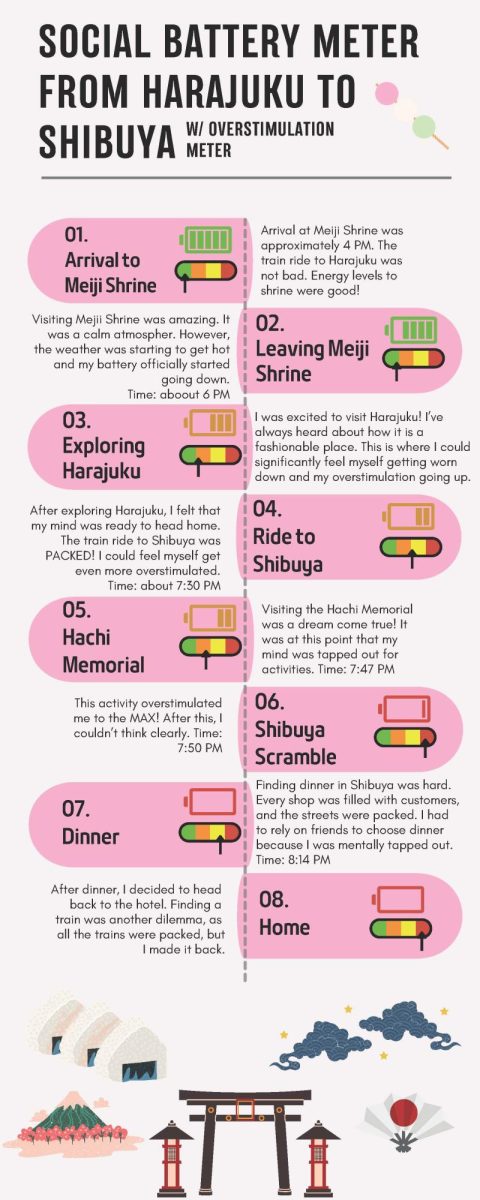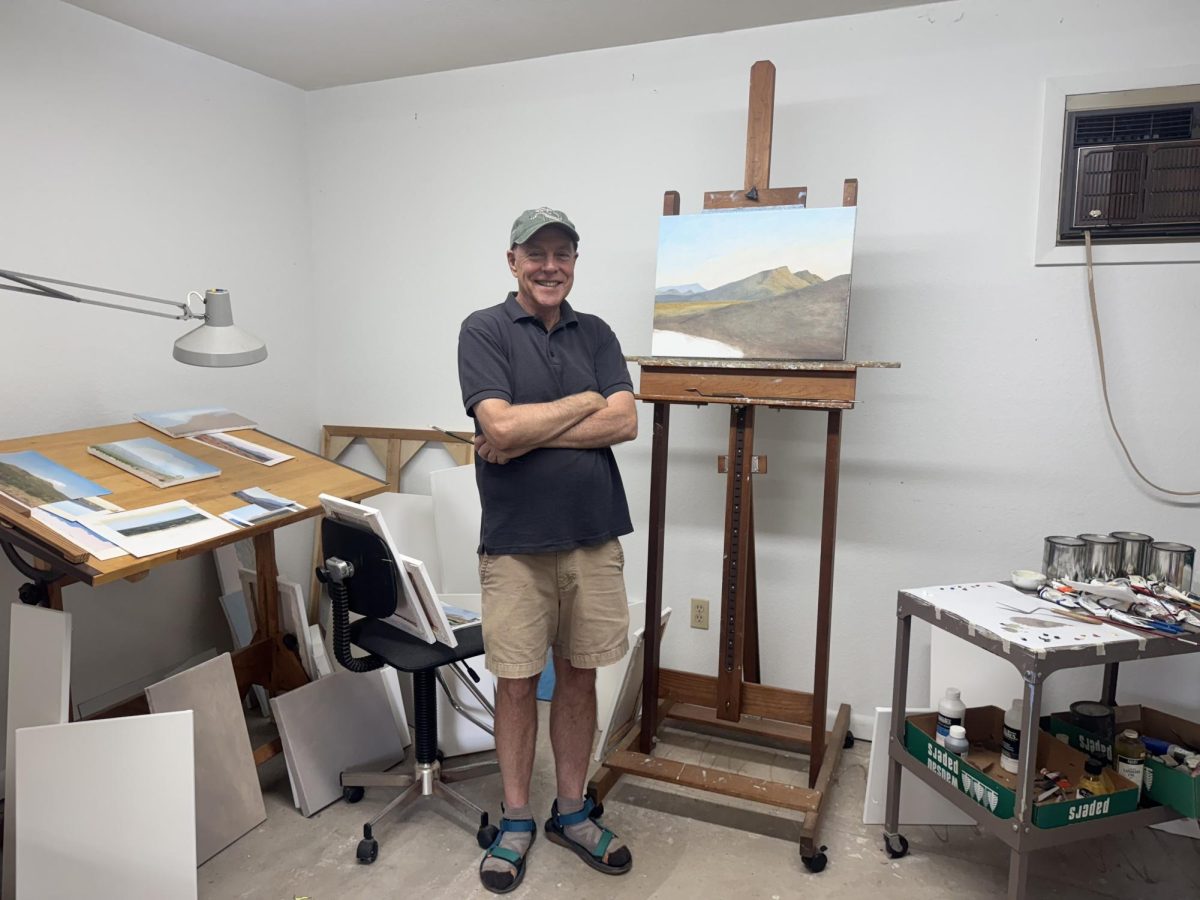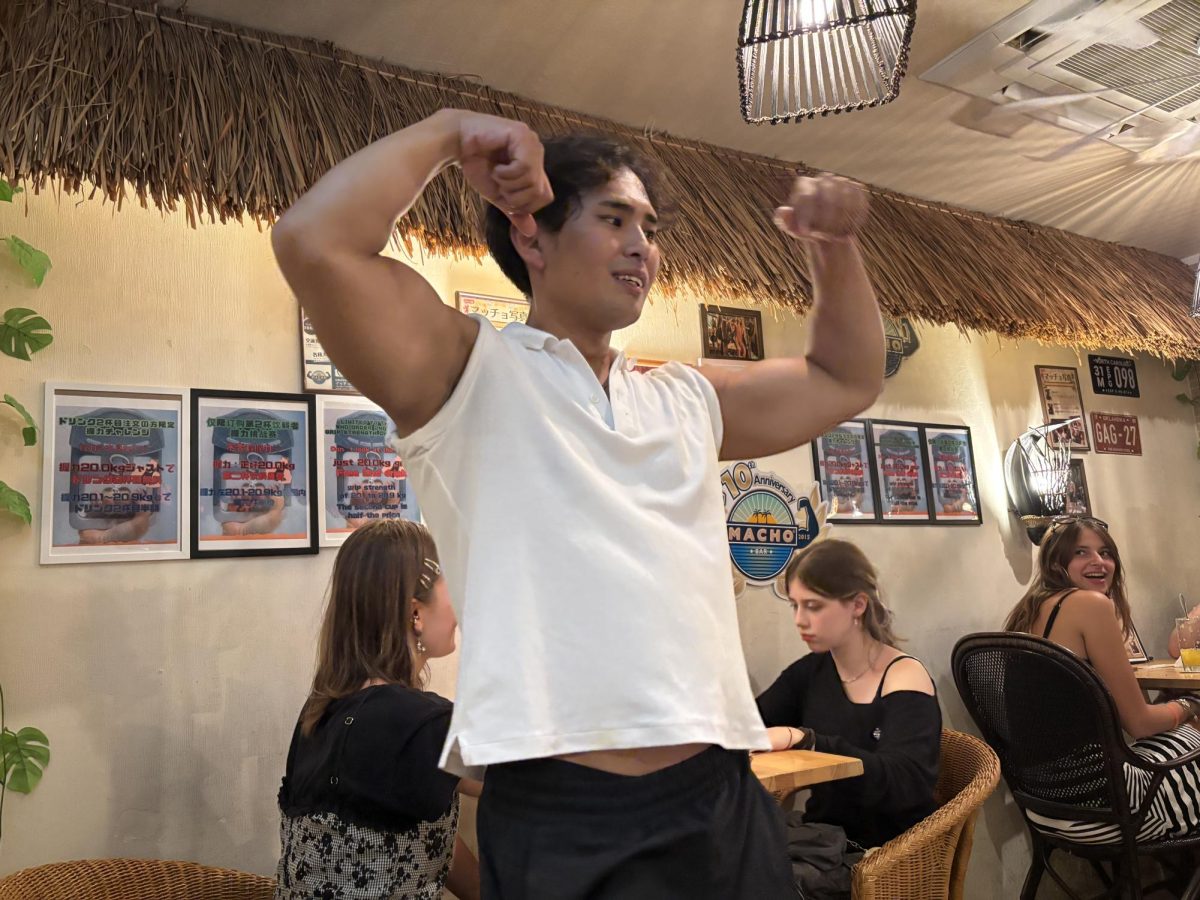TOKYO—Being a woman with Attention Deficit Hyperactivity Disorder made me question what it’s like to be a Japanese person with ADHD.
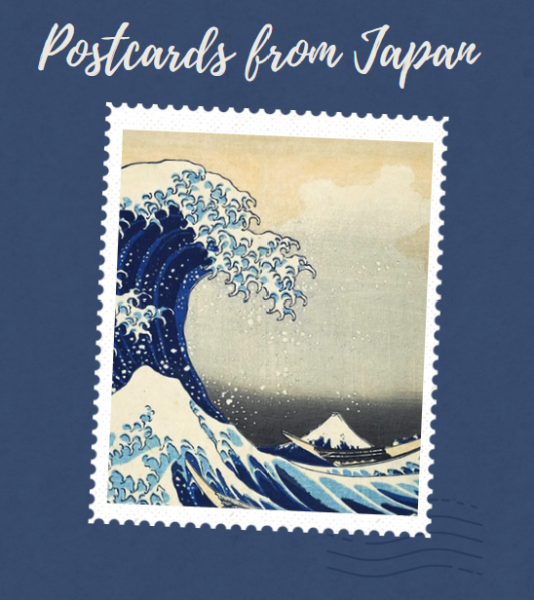
Starting my Japan journey in Tokyo introduced me to the two sides of Japan—the chaotic, crowded and noisy side that almost pushed me to a state of overstimulation and the quiet, serene and nature-filled Japan that allowed me to not be in fight or flight mode.
Overwhelming levels of stimulation
With the addition of ADHD into the mix, there are many times when all the street noise, jingles and crowded spaces can be overwhelming. It made me wonder how Japanese people can handle all the hustle and bustle, especially in places like Shibuya and Harajuku.
This past Monday I had firsthand experience balancing all the elements thrown at one in these crowded places.
Walking through Takeshita Street in Harajuku felt like surfing through a crowded concert crowd. Even trying to escape into the stores felt like a continuation of this maze.
Walking through the crowded street felt like there was no end to the madness. At some point, all the colors, smells and noises blended until it felt like I was a zombie unable to figure out what to do next.
Even the train ride to Shibuya added to the experience. People shoved into the trains. The smell of sweat and the feeling of clothes clinging to skin starts to fill your senses.
If I thought Harajuku was bad, Shibuya would be the epitome of overstimulation.
My first step into Shibuya, my vision was flooded with tall buildings with vibrant ads. Then my hearing was filled with Japanese and foreigners each speaking loudly to hear their friends and families.
Panic
The city was beautiful, yet all my brain felt was panic. Following my travel group, making sure my friends were OK and at the same time wanting to take pictures without getting separated from the group heightened my discomfort.
I wanted to enjoy the city, but the uneasiness I felt from being in a new place with so many elements prevented me from truly enjoying myself.
I started to feel the aching in my feet as well as my hunger grow. But due to all the stimulation, I felt myself not being able to think clearly, and I had to rely on my friends’ choices for what to eat.
After dinner, I decided the overstimulation was enough and headed back to the hotel.
On the way back, I couldn’t help but think, “How do the Japanese people with ADHD deal with this?” Do they simply avoid crowded places? Do they build a tolerance? Do they even experience overstimulation?
Coping with masking
I did some surfing online to read Japanese opinions and experiences on ADHD and found that our experiences are not that different.
Masking is a term used to describe the practice in which neurodivergent people hide certain traits or feelings to camouflage with the majority. A majority of women on the neurodivergent spectrum experience masking, as the social expectations for them to hide their feelings is stronger than for their male counterparts.
“Meiwaku nai,” or “no trouble,” is a social aspect in Japanese culture where the people are expected to not cause trouble or be a burden to others.
In a Reddit thread under the r/AskAJapanese subreddit, the question of “How is it like to live with ADHD in Japan?” was brought up. Many of the people in the thread answered that they can only cope as there are limited resources for help.
Another user cited the influence of meiwaku nai mentality, stating that it influences their decision to mask.
The research I did gave me hope that I can slowly build a tolerance as well, because my experience as a person with ADHD follows that of Japanese people with ADHD.



